Horrific Inquiry: CAT PEOPLE (1942)
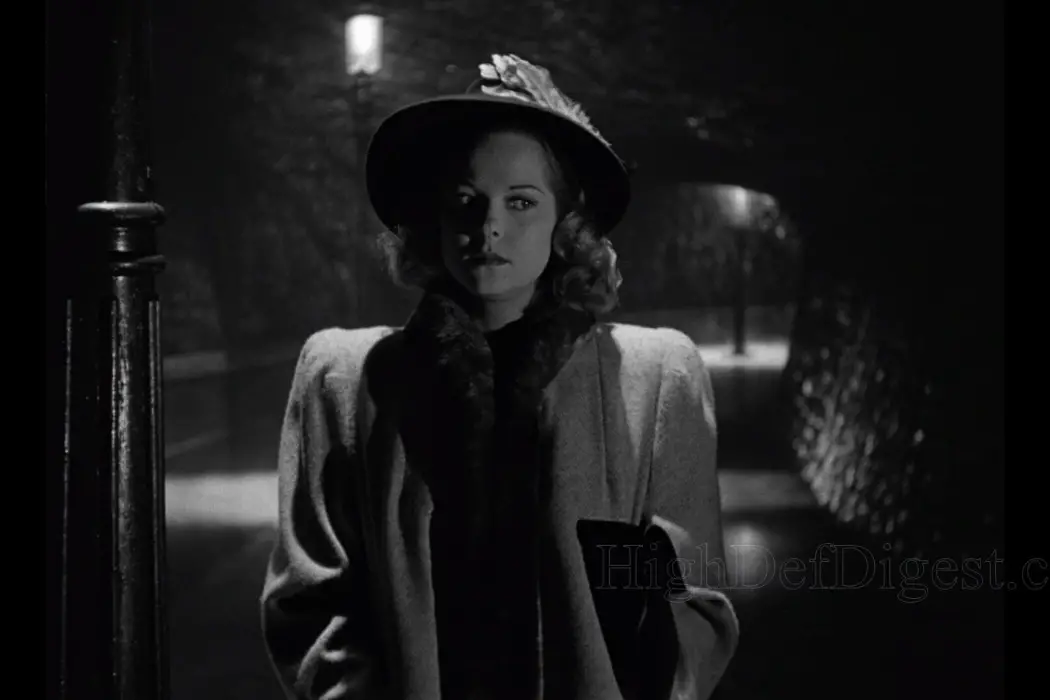
Stephanie Archer is 39 year old film fanatic living in…
Welcome back to the scariest, and at times goriest, column here at Film Inquiry: Horrific Inquiry. Twice a month, I will be tackling all things horror, bringing two films back into the spotlight to terrify and frighten once more. And occasionally looking at those that could have pushed the envelope further. Join us as we dive deep into the heart of horror, but warning, there will be spoilers.
“They torment me. I wake in the night and the trail of their feet whisper in my brain. I have no peace. For they are in me” – Cat People (1942)
Horror classics are classics for a reason. While many broke the mold by introducing new subgenres, others found new avenues to delight and terrify audiences alike. This holds true with Jacques Tourneur’s Cat People, a film that while initially takes a moment to build, proves it’s a horror ahead of its time. Credited with the first jump scare within the horror genre, it is a masterclass of cinematography, terrifying audiences with the illusion of shadows in the night and creatures lurking.
Cat People (1942)
Cat People opens in an early cinematic fashion, opening credits scored to a prefixed background, in this case, a menacing jaguar. Where the score from composer Roy Webb sets the mood, it is the uninterrupted stare of the jaguar that sets the tone. As the opening credits transition to a real-life jaguar, caged and out on public display, viewers are introduced to Irena (Simone Simon). As she struggles to capture the images within her mind, the haphazard disposal of her drawings attracts the attention of Oliver Reed (Kent Smith).
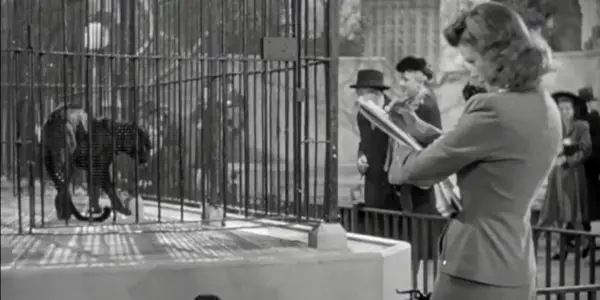
While their initial conversation eventually leads to marriage, Cat People whisks past the engagement, bringing viewers quickly to their wedding night. While Cat People has built up the mystery and mythology surrounding Irena throughout its entirety, it is on their wedding night we fully understand how deeply Irena believes there is a chance she retains the power of the Cat People. For fear of turning to a cat and killing her husband, Irena refuses to kiss or go to bed with him, asking that he give her patience to come to terms with their marriage and the legends of her people.
Yet, try as she might, Irena can not move past the legends that haunt her, a local psychiatrist (Tom Conway) is unable to convince her of the trauma her childhood folklore has created within her. Further complicating the situation is Irena’s growing jealousy and suspicion of Oliver’s coworker Alice (Jane Randolph). And as the jealousy and suspicion grow, so does the increasing fear that Irena might have been right all along.
The Old and the New
What is fascinating about Cat People is its attempt to reconcile new world ideas with old world beliefs. The film tries to understand the growing field of Psychology, yet never truly trusting of it. And as it wrangles with an understanding of the psychosis behind Irena’s deeply rooted belief she has evil within her, Cat People welcomes the idea that she might be right – that not everything can be explained by analysis and science.
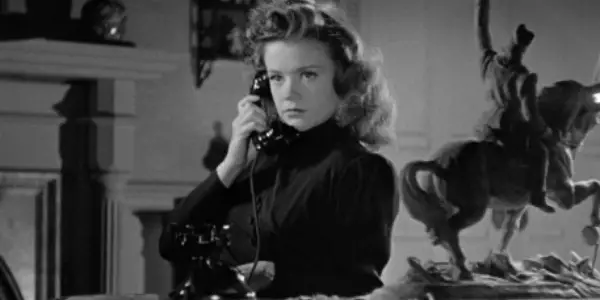
It is amazing how quick Irena is to open herself to Oliver, her self-professed first friend since moving to the city. She tells of the legends of the evil driven from her village, an evil that would turn people into cats. She has been carrying this burden alone for some time, running from her past, that Oliver’s interest and lack of judgment create a genuinely safe space for Irena. As Irena states she didn’t mean to fall in love with him, audiences will not find her affections surprising as the world he has created for her is keeping her happy – keeping the evil within at bay.
And while Irena does not disclose every detail – like potentially turning into a cat and killing her husband if she were to kiss him – she knows that she can ask for the patience and time to tame the evil within. Yet, every person has their limits, no matter how much they want to give. As time passes, Oliver encourages Irena to seek help. And while she does, and we watch everyone around her explain away her fears, Cat People takes a moment to look at the psychology of Oliver’s plight. Here is Oliver, attentions easily swayed as he is not satisfied. As Irena seemingly descends into madness, Oliver finds an attraction for Alice growing – which only further’s Irena’s supposed delusions. And as we look at the willingness of Irena to open herself to someone else due to the loneliness of her isolation, we see how one affects another, giving a full circle to Oliver.
Yet, where we can look at the interactions of Irena and Oliver and the basic human need of companionship, Cat People also attempts to tackle the changing tide of religion and new world understanding. As the psychiatrist attempts to explain that her fears are unfounded, we see the reality of Irena take form in the face of science and explanation. And it is not just in the dichotomy of Irena vs science. The film itself presents a this or that, many times in its framing and in its inclusion of mythology. One of the biggest examples is its inclusion of Anubis, both for its representations and sense of drawing a line in the sand.
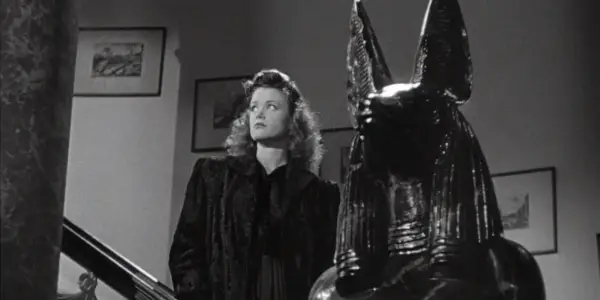
At one point, Cat People presents a separation of characters, Oliver and Alice versus Irena, their placement speaking to an old and new world perspective. Irena stands just behind the statue of Anubis away from Alice and Oliver. While the pair accept the informative power of psychology, Irena leans into the mythology of her people. The inclusion of Anubis embraces the idea of understanding the old world through new eyes, yet still embracing the legends that surround the mythology itself. And while Anubis may represent the old meeting the new, here he presents both a sense of protection from evil, standing in front of Irena, while also representing unity between them.
And as the god of the dead, Anubis foreshadows Irena’s outcome. Yet he is not the only sense of foreshadowing that the Cat People embrace. In the film’s opening scene, a drawing Irena is disgusted with is thrown into the trash, save one, which is caught by the wind, giving viewers a brief look at what she had been drawing – a jaguar with a knife thrust into its side. By the film’s end, Irena dies by the sword, driven into her side, the blow delivered by the psychiatrist after she has transformed into a jaguar herself. And while foreshadowing was not necessarily new to the world of horror, Cat People delivers it effectively and cohesively, bringing both narrative and perspective together.
Changing the Face of Horror
Credited with the first jump scare, Cat People rose above being just “another horror film”. As Irena’s suspicions and jealousy grow, she fixates her emotions on Alice. While she tells Oliver earlier in the film to never let her get jealous, we as viewers begin to understand why the warning was delivered. After catching Oliver out with his coworker, Irena follows Alice down a dark and abandoned street. The evenly spaced street lamps give a limited amount of light, and voids of darkness created between them are shaped to give the sense that something is hiding in the shadows.
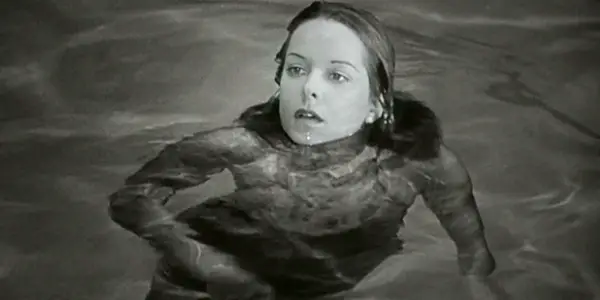
With the echoing of the footsteps and the manipulation of shadow on the walkway and stone wall, Cat People keeps the action moving toward the left of the screen, viewers looking to the right to see what it is that is chasing Alice. It is at this moment audiences will truly start to believe that the stories are real and that Irena might be right. As the bushes above shake and the sound of Alice’s heels on the sidewalk grows louder, a bus suddenly enters from the left unexpectedly, it engine and brakes encompassing the sound of a large cat. Its composition proves highly effective, giving the heightened fear of truth for the scenes that are to follow.
Another notable scene that continues to prove the power of cinematography, is a terrifying moment in the pool when Alice becomes convinced that Irena is not only a cat but that she truly is out to kill her. As Alice swims in the pool, the echoing returns, the shadows no longer void of darkness, but instead dancing on the tiled walls. As the fear within Alice takes over, the shadows begin to take shape, becoming the form of a black cat prowling around the pool. And while this can be explained away by the heightened fear Alice has been experiencing, the ripped-to-shred robe left behind keeps the terror lingering.
Ahead of its time
In so many ways, Cat People feels ahead of its time. Today, a commonly used word in the world of psychology is generational trauma. And while a trending topic today, this was not so much the case in 1942. Yet, Cat People, recognizes that Irena is initially not crazy. She is a product of her childhood fear and deeply rooted belief. The trauma of being told these stories as a child and being instilled with the fear that she is evil does not come of her own creation. There is an understanding the film gives to Irena that through work and due process, she can overcome. Yet, where Irena may not have created her fear, Cat People seems keen to notice her acceleration of it.
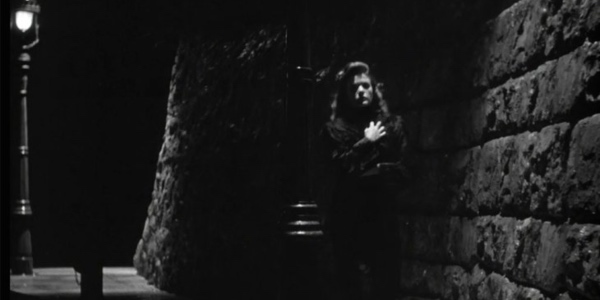
In 1948, Robert K. Merton coined the term self fulfilling prophecy. According to his theory, when a person expects or predicts certain events to occur, they will align their behaviors to confirm these predictions and expectations, seemingly causing it to become reality. Cat People came several years before the release of this theory, yet it is an exemplary example of its basis. For Irena, she believes that she is a Cat person and that by kissing her husband she will turn into a cat and kill him. She further believes that if she gives into suspicion and jealousy, she will also bring harm to those around her.
As the film progresses, Irena’s behaviors align with her predictions, the cinematography, composition, and outcome further heightening both their questionability and effectiveness. As she becomes suspicious of Alice and jealous of her relationship with Oliver, she begins to behave erratically, the film gives the possibility she is a cat some truth while also giving the possibility of jealous rage. In the final moments, Irena kisses the doctor, seemingly turning herself into a cat and killing him (a satisfactory moment, as the doctor proves to be a potential sexual predator). And while the film plays on her self-fulfilling prophecy and jealousy, it leaves the possibility of truth in her transformation, the ending completing with Irena releasing the jaguar from its cage. Both literal and metaphorical, the film finds its release and freedom within these closing moments, giving both truths and contradiction to her prophecy. In the end, it is left to viewers to decipher which cat was truly let out.
Conclusion:
Cat People may have a slow start, but it is rich in cinematic history and horrific craftsmanship. Ahead of its time, it is a film that will still resonate with audiences today.
Have you seen Cat People? What did you think? Let us know in the comments below!
Watch Cat People
Does content like this matter to you?
Become a Member and support film journalism. Unlock access to all of Film Inquiry`s great articles. Join a community of like-minded readers who are passionate about cinema - get access to our private members Network, give back to independent filmmakers, and more.













